As cyber threats evolve, Zero Trust Architecture (ZTA) is emerging as a critical strategy to safeguard digital landscapes in 2024.
Understanding Zero Trust Architecture: The Foundation of Modern Cybersecurity
Zero Trust Architecture (ZTA) is a cybersecurity paradigm that operates on the principle of ‘never trust, always verify.’ Unlike traditional security models that rely on well-defined boundaries and trusted internal networks, ZTA assumes that threats can exist both outside and inside the network. Therefore, it mandates strict identity verification and access controls for every user and device, regardless of their location.
At its core, ZTA is about minimizing risk by continuously monitoring and validating the security posture of every entity attempting to access network resources. This approach integrates advanced technologies such as multi-factor authentication (MFA), encryption, and micro-segmentation to create a more resilient and adaptive security framework.
The Evolving Cyber Threat Landscape of 2024
The year 2024 is poised to witness an escalation in both the sophistication and frequency of cyber threats. Cybercriminals are leveraging advanced techniques like artificial intelligence (AI) and machine learning (ML) to launch more targeted and efficient attacks. Ransomware, phishing schemes, and supply chain attacks are expected to become even more prevalent, posing significant risks to organizations worldwide.
Moreover, the proliferation of Internet of Things (IoT) devices and the growing adoption of remote work models have expanded the attack surface, making it more challenging to secure corporate networks. These trends underline the necessity for a robust, dynamic, and proactive cybersecurity strategy like Zero Trust Architecture.
How Zero Trust Architecture Addresses Emerging Threats
Zero Trust Architecture directly addresses the challenges posed by evolving cyber threats through its rigorous access controls and continuous monitoring. By verifying every access request based on context—including user identity, device health, and location—ZTA minimizes the risk of unauthorized access and lateral movement within the network.
Furthermore, ZTA’s principles of micro-segmentation and least privilege ensure that even if a breach occurs, its impact is contained. This granular approach to network segmentation limits the spread of malicious activity, protecting critical assets and data from being compromised.
Implementing Zero Trust: Key Strategies and Best Practices
Transitioning to a Zero Trust Architecture requires a strategic and phased approach. Organizations should start by assessing their current security posture and identifying critical assets that need protection. Implementing multi-factor authentication (MFA) and robust identity management solutions are foundational steps in this journey.
Additionally, adopting a principle of least privilege—where users are granted the minimum level of access necessary for their role—is crucial. Network segmentation and continuous monitoring using advanced analytics and AI can further enhance the effectiveness of ZTA. Regularly updating security policies and training employees on best practices are also vital components of a successful Zero Trust implementation.
The Future of Cybersecurity: Will Zero Trust Prevail?
As cyber threats continue to evolve, the adaptability and resilience of Zero Trust Architecture position it as a likely cornerstone of future cybersecurity strategies. Its principles are well-suited to address the complexities of modern digital ecosystems, where boundaries are fluid, and threats are pervasive.
While no security model can offer absolute protection, Zero Trust’s proactive approach significantly enhances an organization’s ability to detect, respond to, and mitigate cyber threats. As technology advances and cyber adversaries become more sophisticated, the continuous evolution and refinement of ZTA will be essential in maintaining robust cybersecurity defenses.

